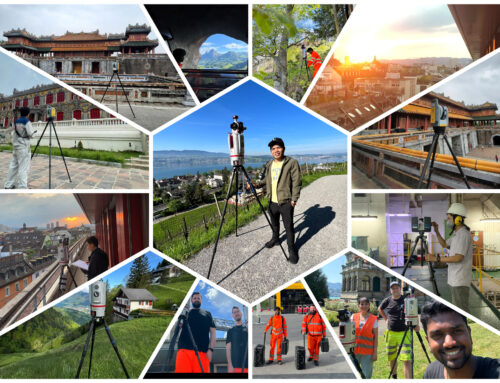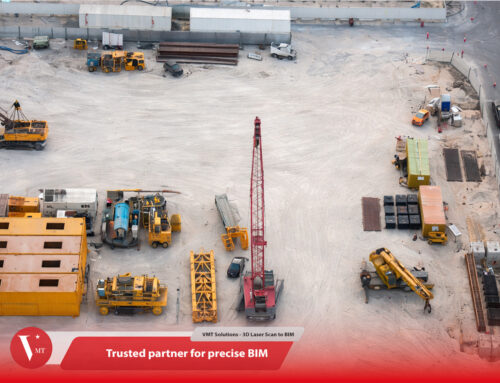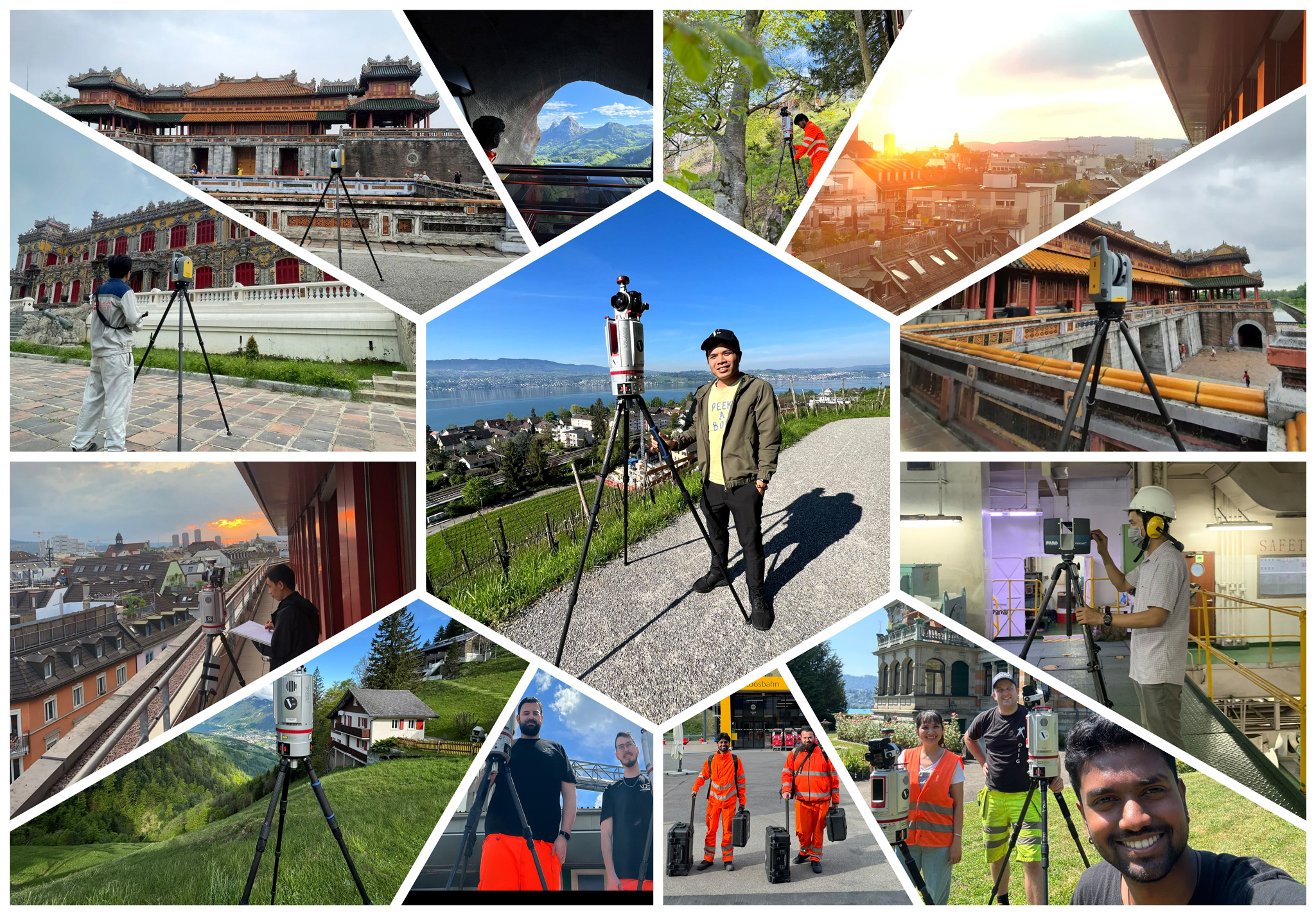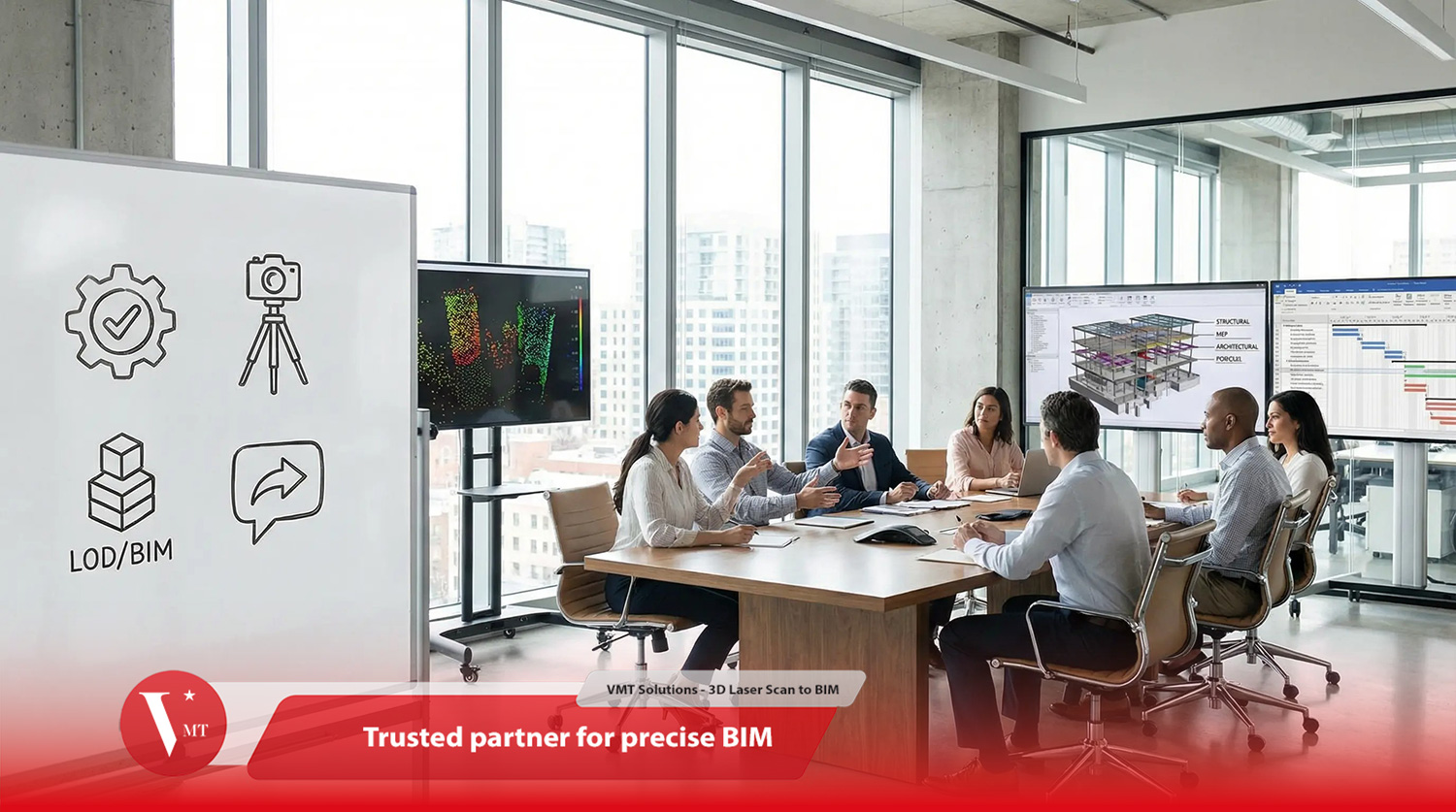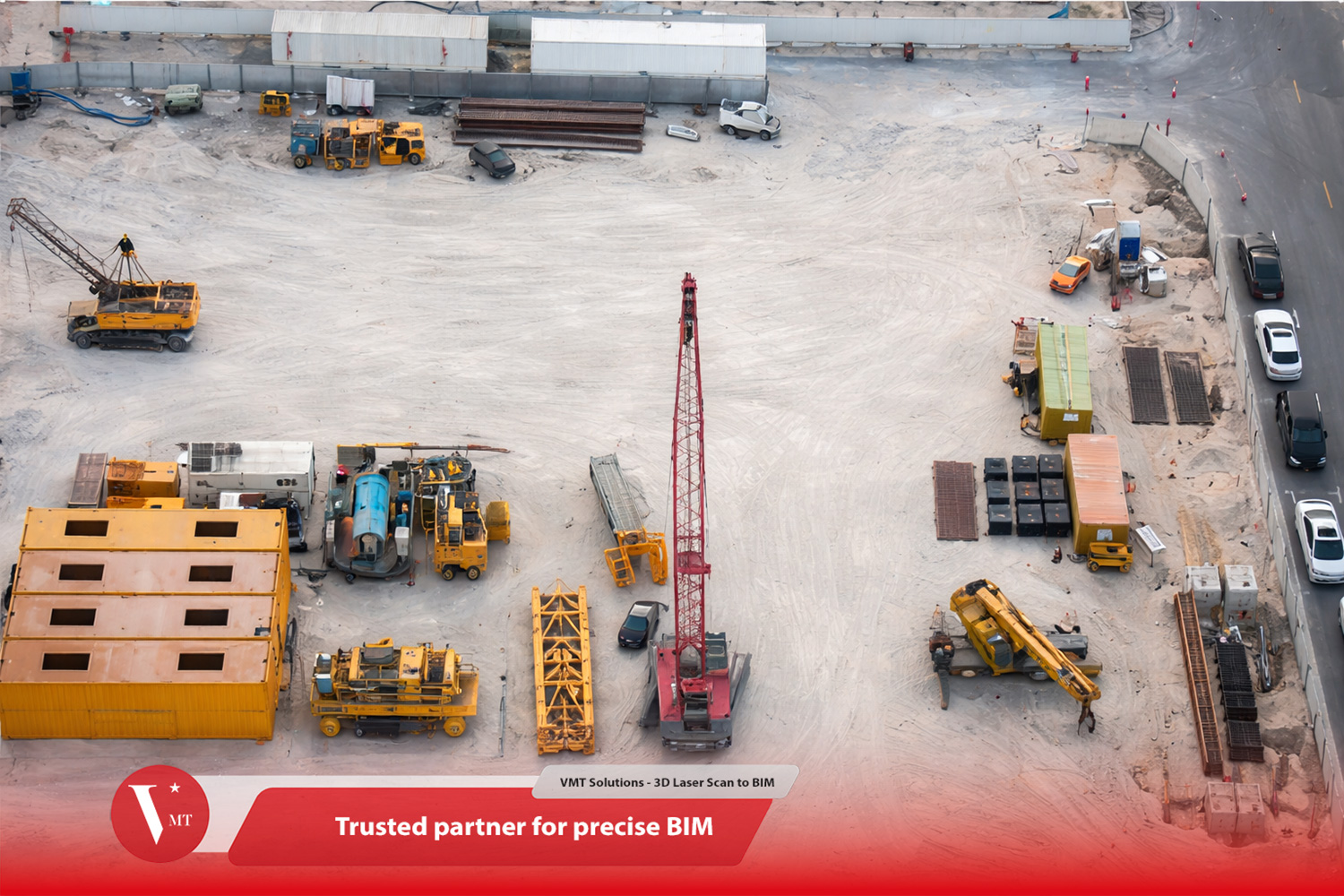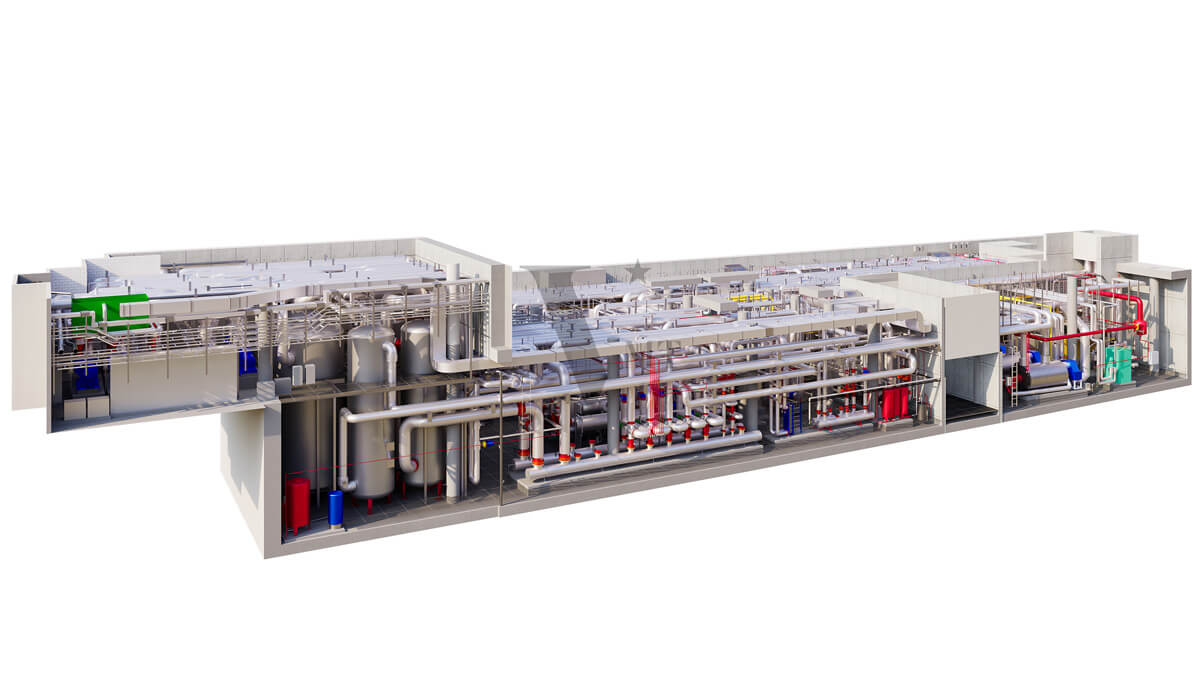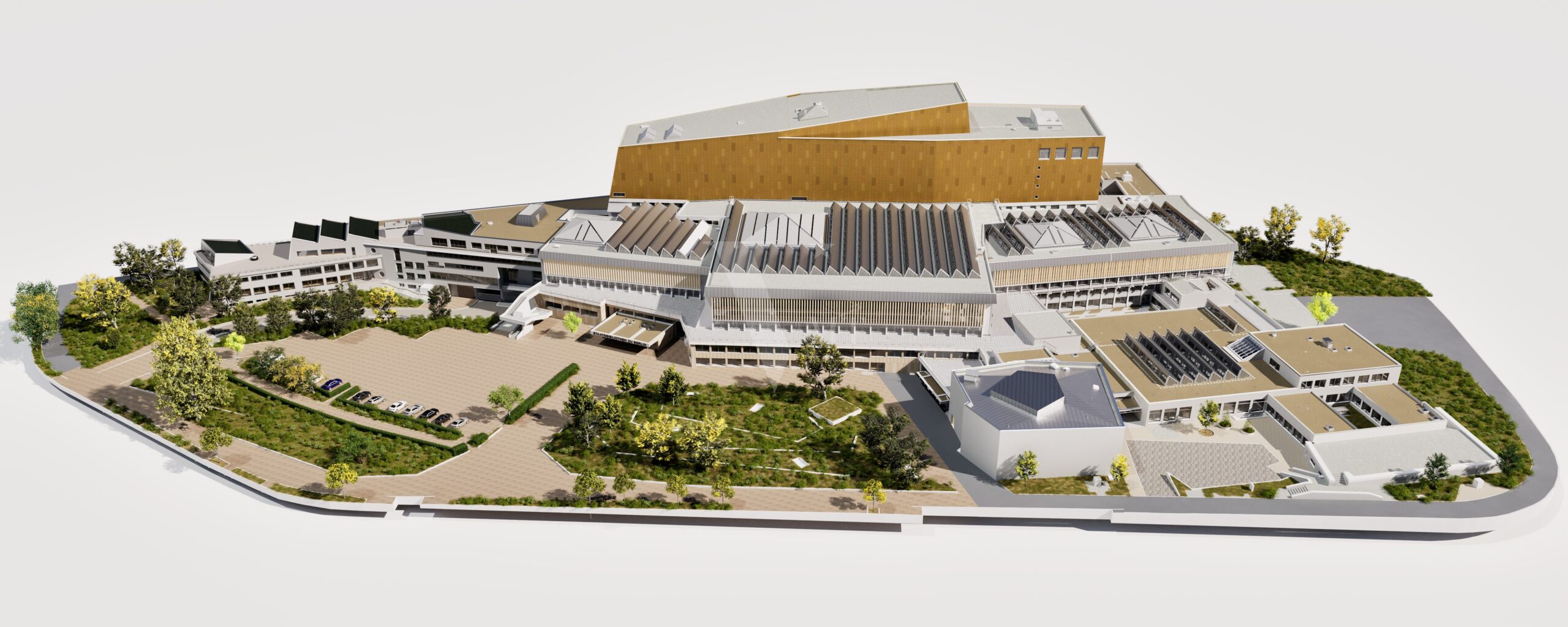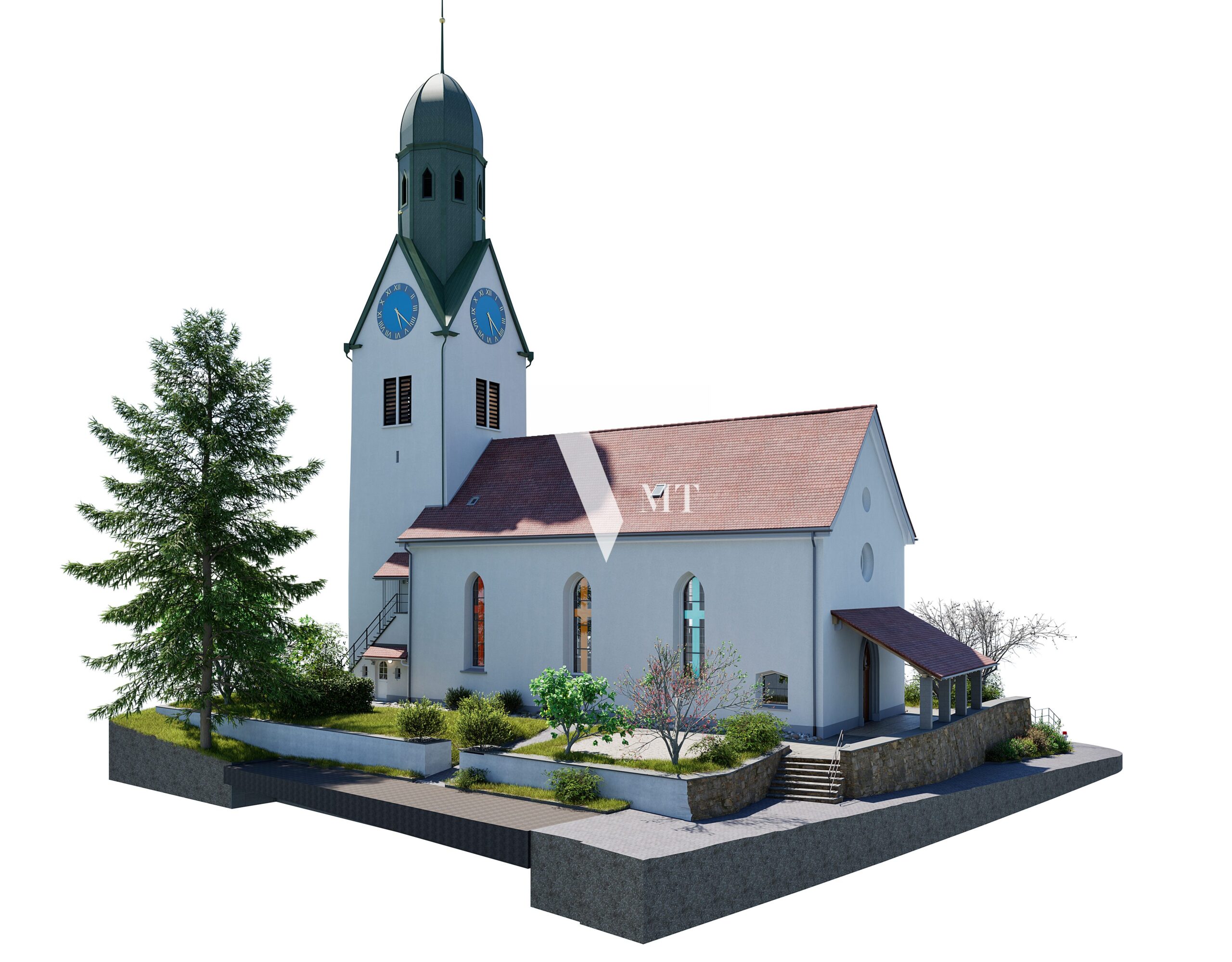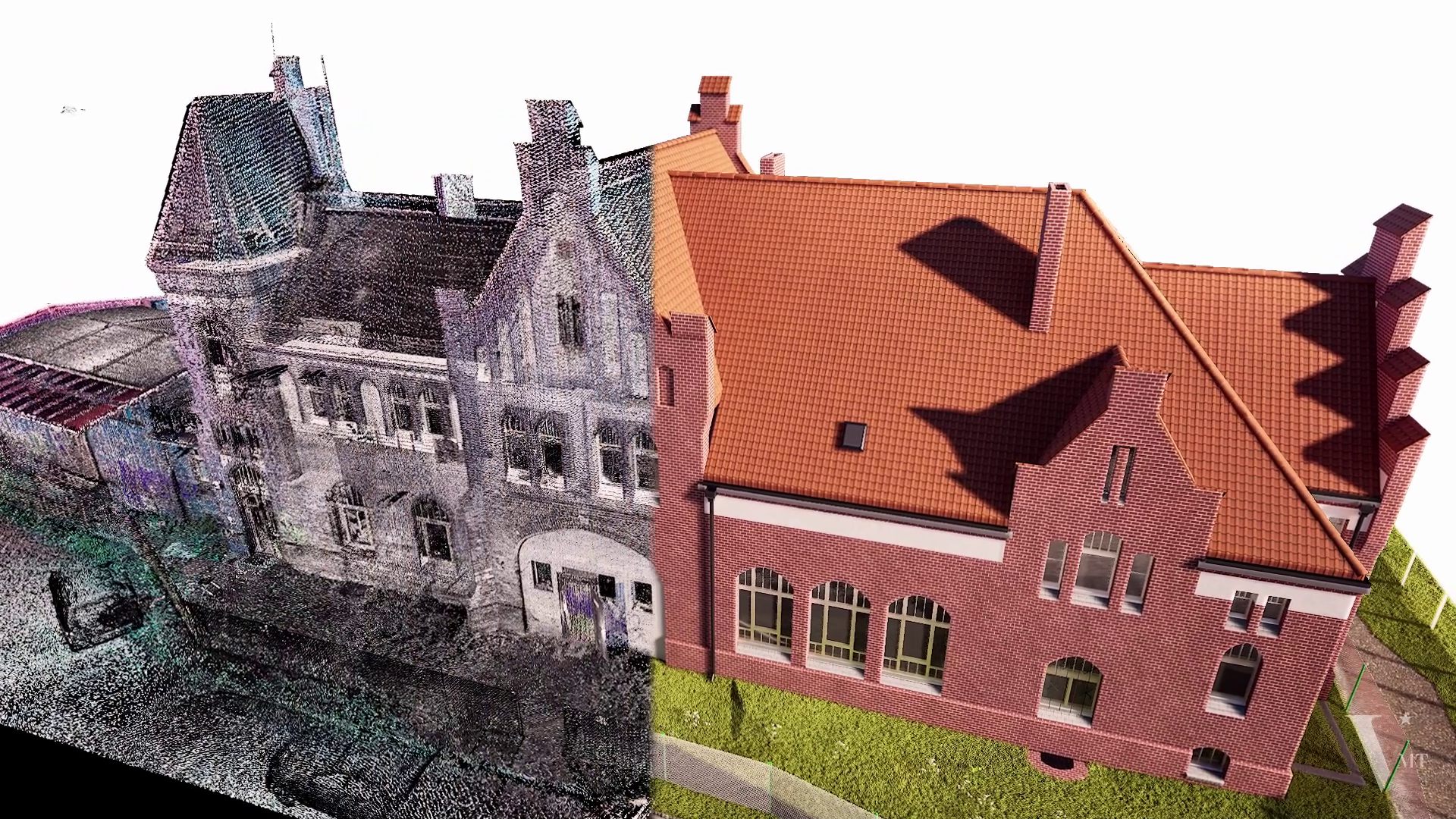In the digital age, the preservation of cultural heritage has taken on new dimensions. The digital preservation of historical buildings, particularly Japanese temples, is causing a revolution in how we document and safeguard architectural treasures. Through advanced 3D modeling and scanning techniques, experts are creating digital twins of iconic structures like the Kanda Myoujin Shrine, allowing for unprecedented documentation and analysis of Japanese temple architecture. This technological leap is not just to protect these landmarks; it’s to ensure their legacy for future generations.
The process of digitizing Japanese temples has an impact on various fields, from architectural preservation to cultural studies. 3D scanning and modeling enable researchers to capture intricate details of these structures, providing a wealth of data to analyze. These digital replicas serve multiple purposes, including virtual tours, structural analysis, and restoration planning. What’s more, they open up new avenues to study and appreciate the rich history and craftsmanship of Japanese temple architecture. This article delves into the methods, applications, and significance of creating digital representations of these cultural icons.
Table of Contents
Evolution of Cultural Heritage Preservation Techniques
The digital age has caused a revolution in cultural heritage preservation. Advanced technologies now provide smart tools to identify, protect, and share heritage, moving beyond traditional methods. Digital heritage, a new concept, refers to unique resources of long-term value produced by digital means and the merging of cultural heritage with digital technology. This approach encompasses collection, documentation, research, information management, presentation, and interpretation.
Digital preservation techniques have evolved to include remote sensing, photogrammetry, 3D laser scanning, and infrared image exploration. These methods enable the creation of detailed digital replicas, allowing for non-invasive study and interaction with cultural treasures. The process involves capturing physical dimensions using laser scanners, structured light, or photogrammetry to generate precise measurements for digital models.
This technological leap has an impact on various fields, from architectural preservation to cultural studies. It opens up new avenues to study and appreciate the rich history and craftsmanship of structures like Japanese temples, ensuring their legacy for future generations.
The Process of Digitizing Japanese Temples
The digital preservation of Japanese temples involves a meticulous process of 3D scanning and modeling. Experts use advanced technologies to capture intricate details of these architectural marvels. The main hall of a temple, for instance, is scanned by emphasizing components such as wood frames, columns, roof, and decorations. This process covers both the exterior and interior, resulting in thousands of scans from various angles and focuses.
The scanned point clouds are then converted into 3D computer models, sections, and boundary projections. These digital models serve as references for chronological records and comparisons. All components are categorized by name, materials, dimensions, and other relevant metadata. The final 3D models, originally point clouds, are patched with polygonal surfaces and mapped with high-resolution photos, providing a realistic representation of the temple’s presence.
Applications of 3D Temple Models
3D models of Japanese temples have a wide range of applications in cultural heritage preservation and education. These digital replicas serve as virtual laboratories, allowing researchers to explore spatial effects, light incidence, and lines of sight without physical constraints. They enable virtual tours, bringing sacred sites like Kanda Myoujin Shrine to a global audience. Museums, such as Japan’s National Museum of Nature and Science, use these models to create interactive exhibits, offering unlimited access to artifacts. In architectural history education, 3D models have become standard tools. They also play a crucial role in heritage management, helping test reconstruction feasibility and facilitating discussions among stakeholders. As technology advances, these models promise even more immersive historical experiences, preserving architectural beauty for future generations.
Conclusion
The digital preservation of Japanese temples through 3D modeling and scanning techniques has opened up new avenues to study and appreciate these architectural treasures. This technological leap has an impact on various fields, from architectural preservation to cultural studies, providing researchers with a wealth of data to analyze. The creation of digital twins of iconic structures like the Kanda Myoujin Shrine enables virtual tours, structural analysis, and restoration planning, ensuring the legacy of these cultural icons for future generations.
To wrap up, the evolution of cultural heritage preservation techniques has moved beyond traditional methods, embracing advanced technologies to identify, protect, and share heritage. This approach, which includes remote sensing, photogrammetry, and 3D laser scanning, allows for non-invasive study and interaction with cultural treasures. As technology advances, these digital models promise even more immersive historical experiences, preserving the beauty and craftsmanship of Japanese temples for years to come.
About the Author:
Nguyen Huynh (Rainer)

As the Co-Founder and Chief Executive Officer of VMT Solutions, SSIFT Vietnam, BlackSwiss Vietnam, and Victoria Measuring Solutions PTY LTD (Australia), I completed my Master’s program in Technical and Vocational Education and Training (TVET) in Germany in 2007.
With over a decade of experience in point cloud processing and BIM services, I am passionate about tackling complex challenges and developing innovative workflows to enhance accuracy and detail in point cloud-to-BIM conversion.
At VMT Solutions, we are committed to delivering high-quality services that provide exceptional value, especially for surveying companies. We focus on building mutually beneficial partnerships, ensuring that our clients receive customized solutions tailored to their specific needs. Every day, I strive to push the boundaries of the industry, continuously improving our methods and exploring new ways to optimize the services we provide.
Recent Posts
Tag Cloud
We are proud to have
satisfied customers.
„Your plans are perfect; I’ve never seen anything like this before. These are drawings of the highest quality, I must say. I want to express my sincere thanks once again for your work.“
VMT modeled a large industrial building in 3D for our research project. We provided DWG plans to VMT, and they delivered a highly detailed model, including the building envelope, interior walls, openings, and stairs. We had previously contracted a German company for the same object, but unfortunately, it didn’t work out. I was relieved and pleased that VMT handled it so reliably. Thank you for the excellent work and the truly fair price!
Very reliable company, courteous staff, and top-quality work. Our plans were created quickly and accurately. Thank you for that. Highly recommended.
Excellent advice and high 3D modeling quality at a great price-performance ratio… What more could you want? I can highly recommend them…


